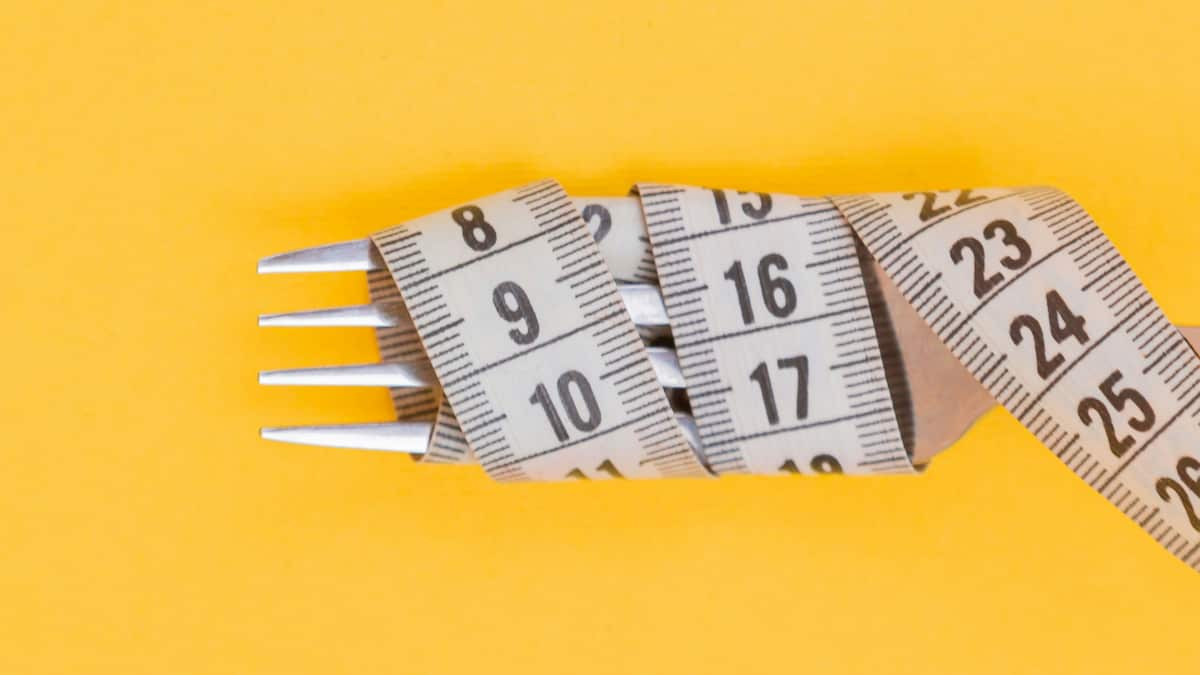The drink can also reduce blood pressure and lead to better cholesterol levels.
Replacing just one sugary soda with water can lead to weight loss and improve health, research suggests.
One study has linked drinking a pint of water before every meal to losing five times as much weight.
Another has found that switching to water can lead to a loss of 5 percent of body weight.
Changing to water also decreases fasting glucose levels, which is better for weight loss and general health.
Drinking water is one of the most popular weight loss techniques used by people.
Drinking water works by making people feel more full before a meal, so that they eat less.
Water works as a natural appetite suppressant and may aid in the burning of calories and fat.
The current study looked specifically at additional calories consumed in sugar-sweetened sodas, energy drinks and sweetened coffee.
Switching these to water is not only linked to weight loss, but also to a lower risk of type 2 diabetes and cardiovascular disease.
Dr Kiyah J. Duffey, the study’s first author, said:
“Regardless of how many servings of sugar-sweetened beverages you consume, replacing even just one serving can be of benefit.”
For the study, researchers modelled the effect of replacing an 8-ounce sugar-sweetened drink with water.
They found that this one substitution could decrease daily calorie intake and reduce obesity.
Dr Duffey explained:
“We found that among U.S. adults who consume one serving of sugar-sweetened beverages per day, replacing that drink with water lowered the percent of calories coming from drinks from 17 to 11 percent.
Even those who consumed more sugary drinks per day could still benefit from water replacement, dropping the amount of calories coming from beverages to less than 25 percent of their daily caloric intake.”
Switching a sugary drink to a non-sugary alternative will also reduce blood pressure and lead to better cholesterol levels.
The study was published in the journal Nutrients (Duffey & Poti, 2016).







